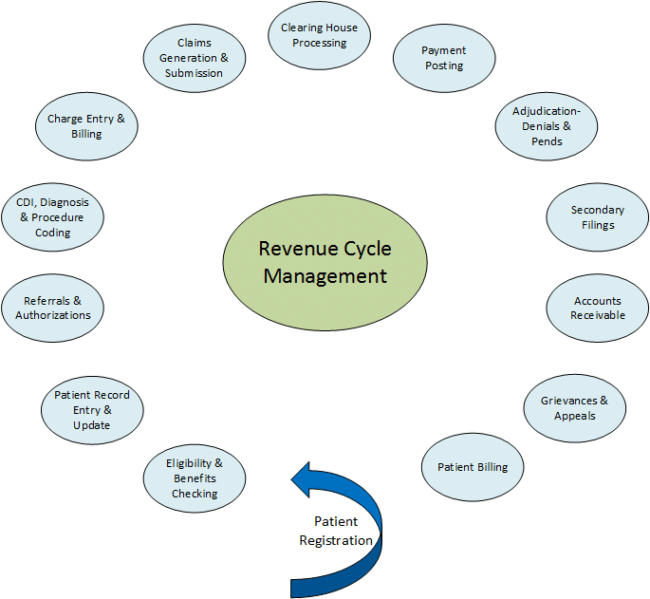Why do so many plans fail in so many businesses? Why do companies build reports and then find that they don’t measure the right things? Why do businesses roll out business intelligence tools that users don’t want to use?
If Only We Had Planned Better
Oftentimes, executives believe the answer to any of these questions is execution. And the story goes something like this:
If only that plan had been executed perfectly, the goal would have been a success.
If only our people would have worked harder, something would have happened.
If only we had spent a little more time on the software it would have been received positively.
The commonality of all these “if onlies” is that they assume that the solution was knowable. Economist Frederich Hayek wrote about this in 1945. His topic was much broader than business intelligence, but his insights apply to any organization seeking to develop a robust business intelligence strategy and delivery system. Here are three lessons we can draw from his timeless, insightful essay.
1. You Can’t Know that You Have All the Information
Hayek points out that solving any information-based problem is simple:
“If we possess all the relevant information, if we can start out from a given system of preferences and if we command complete knowledge of available means, the problem which remains is purely one of logic.”
Going back to the execution bias mentioned above, it would be expected that a business executive would take the view that, “I can direct my resources to solve the problem using the organizational structure that I put in place [system of preferences] and have my team spend their time gathering and organizing all the relevant information, because we already possess it.”
Hayek spends the rest of his essay arguing why doing this isn’t so simple – the problem is not logic, or, in modern business parlance, execution. The failure of our plans and our products and our reports is attributable to, as he goes on to say, “dispersed bits of incomplete and frequently contradictory knowledge which all the separate individuals possess.” He made a wise contribution to business management here.
2. Organize for True Discovery (i.e., Be More Agile)
Since not any one party can have all the information at once, we face two truths:
1) “Knowledge [is] not given to anyone in its totality.” Even across every person in a business, not everything is knowable, and
2)The world is changing, constantly: “problems arise always and only in consequence of change.” If it wasn’t we would all be put out of jobs.
The traditional approach to creating enterprise reporting tends to go like the executive mentioned above. It is to initiate a lengthy process to build reports. People are interviewed, reports are designed, code is written, and the report is released nine months later.
The challenge is that, by then, many things have changed in the world, and the reports are out-of-date. By then, the company is over budget and it is too late to go back and make changes. This problem became so pervasive in custom software development that it gave rise to the agile movement. If you haven’t seen the benefits of agile in practice, take a look at the core principles of agile and read this helpful overview of agile development.
Agile business intelligence development starts with delivering business value first. I boil it down to: release new reports frequently, and adapt to changing requests regularly.
3. Use Emerging Technologies
The pace of technological change has made agile development much more accessible. New business intelligence technology tools are making it possible to build reports with less development. This makes change and new reporting initiatives come together much faster.
And importantly, less development means more business users without technical development skills can now create their own reporting to investigate ways to improve business growth.
A good example is Tableau (disclosure: we are a partner), which exploded onto the scene a few years ago and makes as its value proposition that business users can do self-service analysis without depending on a developer (and especially lead time) to build the report. Recently, PowerBI by Microsoft has made a splash by releasing a toolset that helps business users with business intelligence self-service as well (disclosure: we are also a Microsoft partner).
Because technology has advanced so far with business intelligence tools, now the ability to experiment is much cheaper than before. This makes it more compelling to acknowledge that our business environment is in a constant state of change, and that, despite our best efforts to collect all relevant information, we can undertake short-term projects and benefit from the new, “dispersed” knowledge they make available to us, and adapt as we go.
This is the best execution – not crafting an awesome plan and following it faithfully, but recognizing that we can’t know everything in advance, but we need to incorporate input from many different stakeholders over time. If we do that well, execution will follow.




